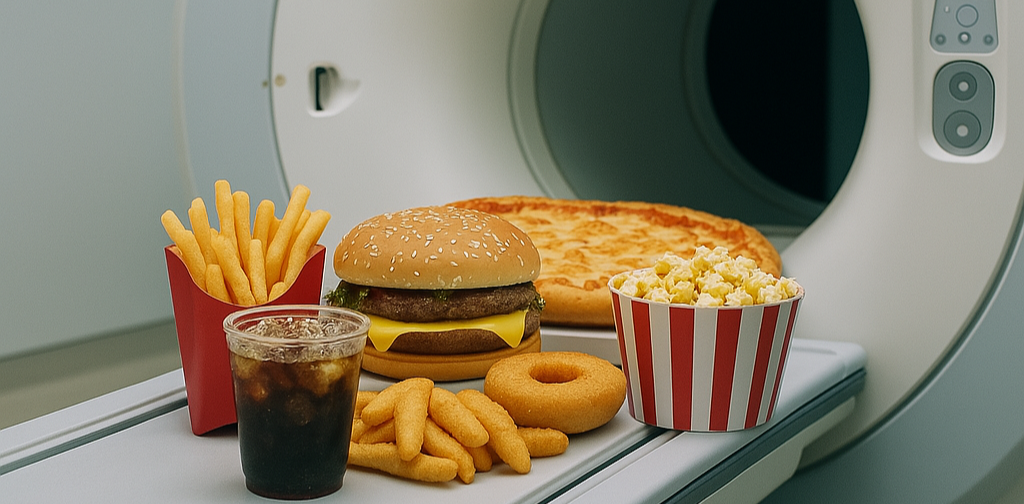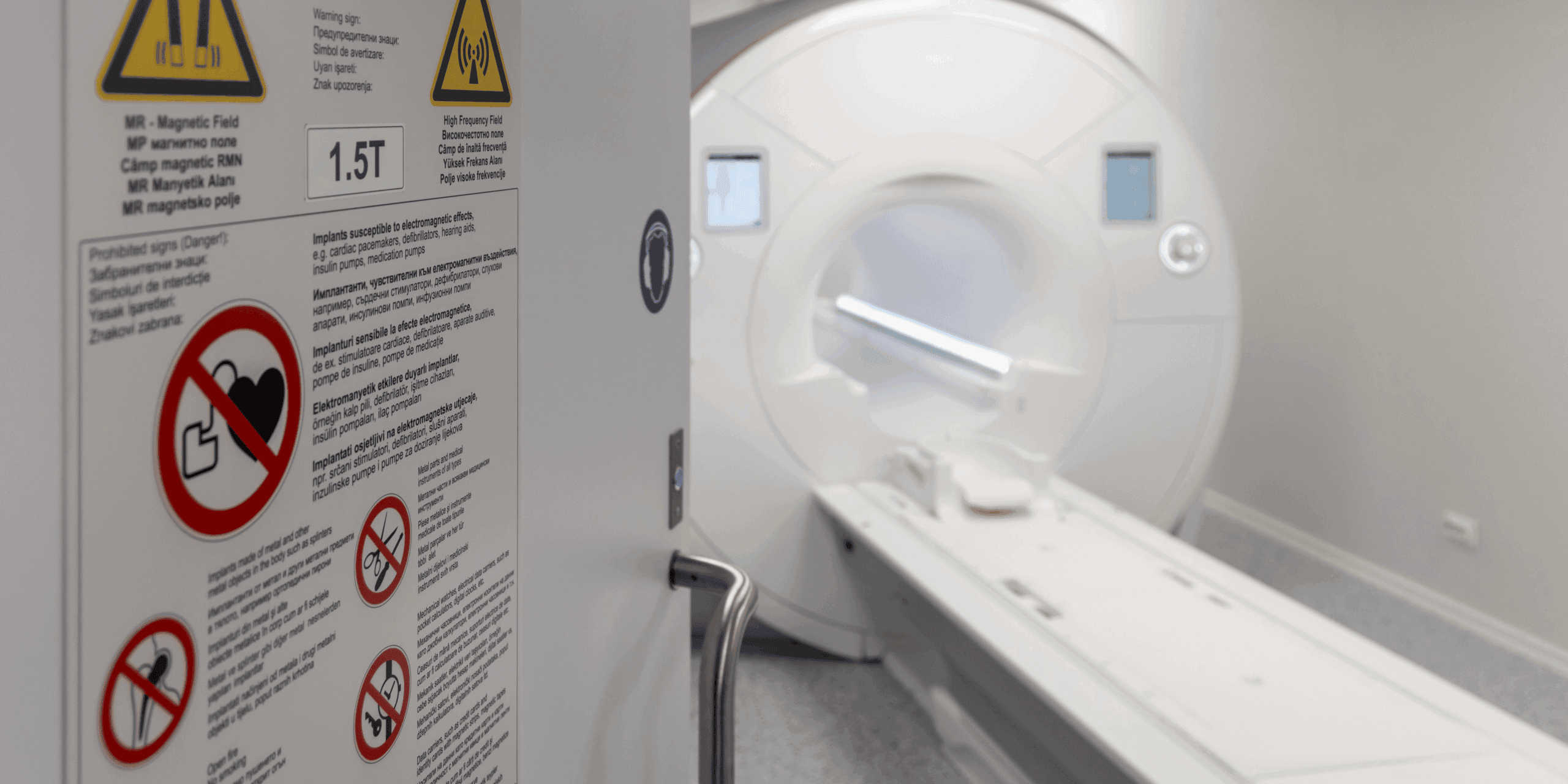Patients from disadvantaged neighborhoods or those traveling farther for brain MRI scans presented in worse clinical condition than patients with better access. That’s according to a new JACR study that reopens the debate over disparities in healthcare access.
The past several years have seen numerous studies published that document disparities in healthcare access and their impact on clinical outcomes.
- In radiology, most of the focus has been on screening exams for breast and lung cancer, while other research has pointed to possible solutions to improve access.
Many previous studies have also concentrated on access to care in rural areas, in which long distances make it harder for patients to travel to medical centers.
- In the current study, researchers led by authors from Emory University flipped the script to examine care access in the Atlanta metropolitan area in an effort to quantify how distance and socioeconomic status might impact patient care.
They examined the demographic backgrounds of 4.8k patients who got brain MRI scans over a one-year period starting in March 2019, calculating factors like distance from home to imaging facility and socioeconomic status based on the area deprivation index.
- They then correlated these data to patient illness severity – also known as acuity – when they presented for their scans, using a three-point scale ranging from normal (level 1) to findings requiring a change in patient management (level 3).
Based on the data, researchers found…
- Patients in neighborhoods with lower socioeconomic status had 34% higher odds of level 2 acuity versus level 1 for inpatient scans and 27% higher for emergency scans.
- Patients living twice the distance from an imaging facility had 6.5% higher odds of level 2 acuity compared to level 1, and 15% higher for level 3.
- Other factors affecting acuity level included age, race, and insurance status.
- Medicaid recipients in particular were sicker, with 68% higher odds of acuity level 2 and 81% higher odds of acuity level 3 compared to those with commercial insurance.
The findings track with other studies that have linked chronic health conditions with brain pathologies, such as the connection between diabetes and stroke.
The Takeaway
The new findings offer additional details on how patient demographics affect both their health status and their access to care, in particular for advanced imaging scans like brain MRI. Follow-up studies could examine whether a similar phenomenon occurs with CT, which is the workhorse modality for emergency imaging.








